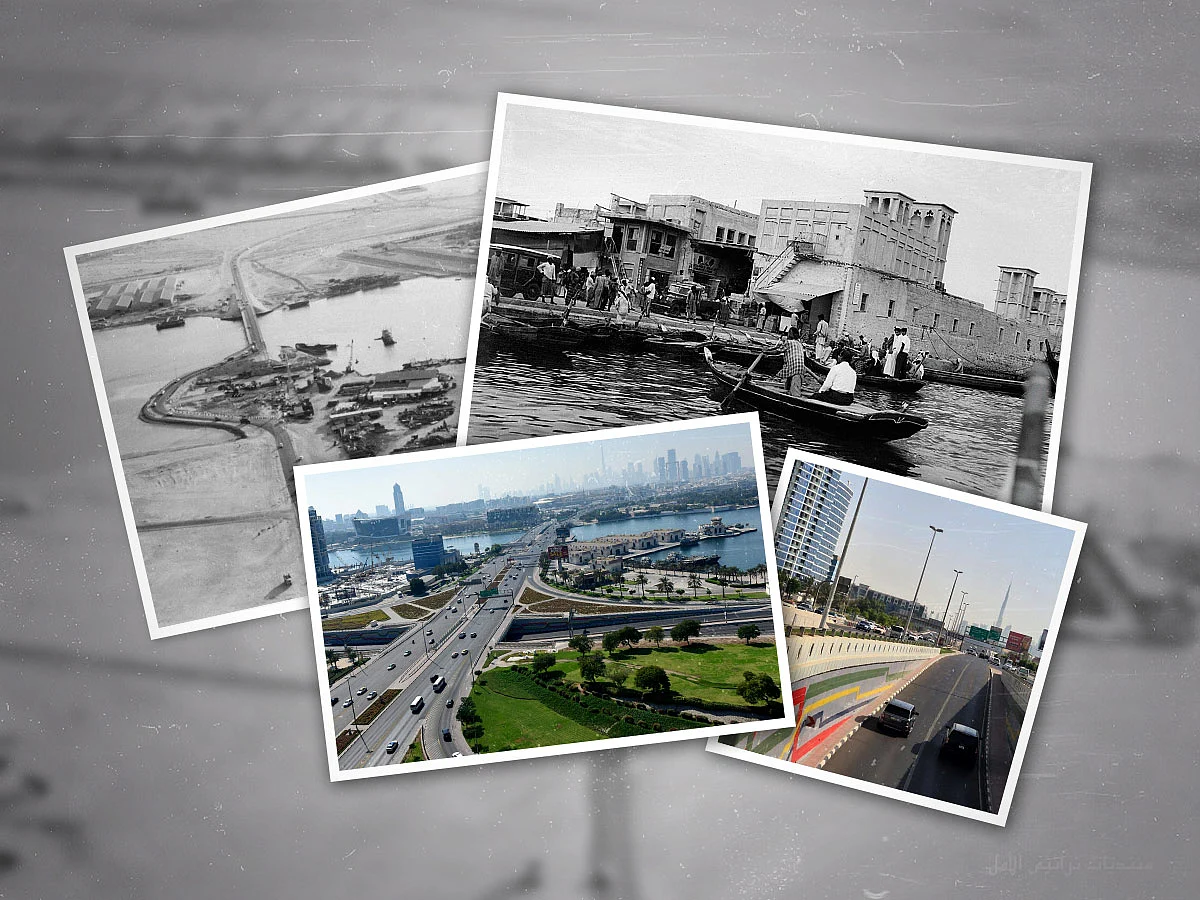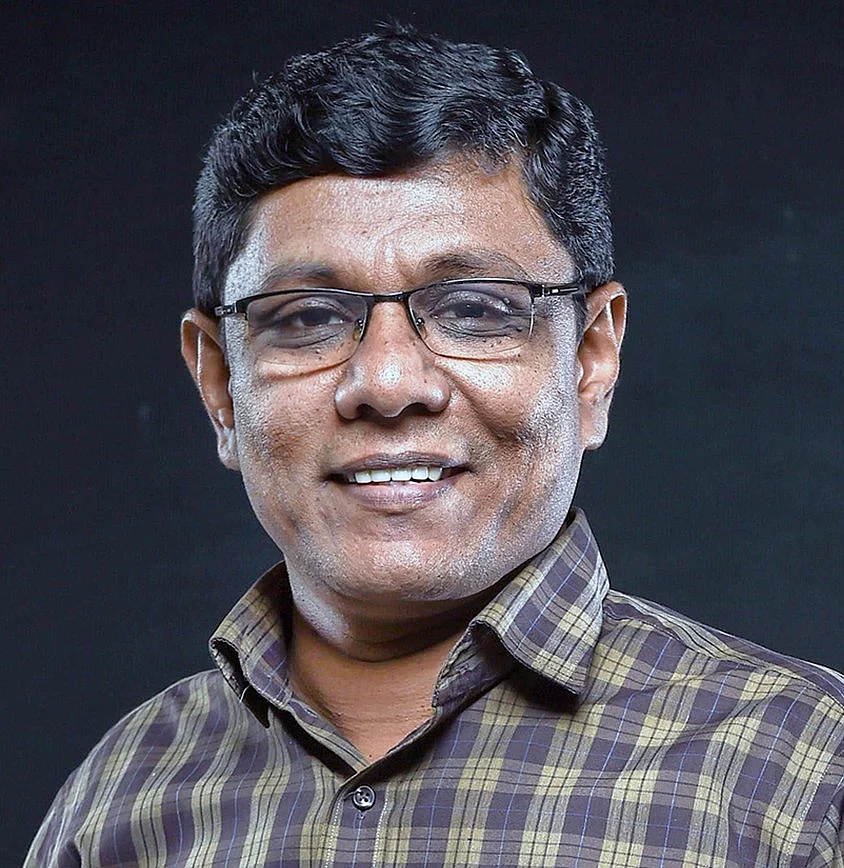Al Maktoum Bridge: Bridging Dubai’s past, present, and future
Today, Al Maktoum Bridge carries six lanes of traffic and includes a pedestrian walkway

Opened on May 23, 1963, by late Sheikh Rashid bin Saeed Al Maktoum, Al Maktoum Bridge was the first permanent crossing over Dubai Creek. Before its construction, commuters relied on traditional abra’s or had to travel long distances around the waterway. With the bridge in place, people and goods could move freely between Bur Dubai and Deira, significantly boosting trade and connectivity.
Named after the ruling Al Maktoum family, the bridge symbolizes their vision of unity, progress, and forward-thinking urban planning. Its strategic importance was immediately felt, as it enabled the efficient transport of goods from Dubai’s Customs Wharves to the Deira Dhow Wharves, supporting the city’s thriving trade routes with India, East Africa, and the Gulf. Initially built without a movable section, a swing mechanism was added between 1969 and 1970 to accommodate larger vessels—a testament to Dubai’s adaptable infrastructure approach. Today, Al Maktoum Bridge carries six lanes of traffic and includes a pedestrian walkway, serving thousands of commuters daily. The swing bridge continues to open at scheduled times, preserving its utility for maritime traffic.
While newer crossings such as Garhoud Bridge, Business Bay Crossing, and various tunnels have expanded the city’s road network, Maktoum Bridge remains integral to Dubai’s transport system. Its location provides direct access to key areas, including Dubai International Airport, Deira’s bustling souks, and Bur Dubai’s cultural landmarks.
The Roads and Transport Authority (RTA) ensures the bridge’s efficiency through innovative traffic systems, routine maintenance, and infrastructure upgrades. This blend of heritage and innovation reflects Dubai’s broader strategy: preserving its past while embracing a high-tech future.
Beyond its functional role, Al Maktoum Bridge offers a unique pedestrian experience. Walking across the bridge offers panoramic views of Dubai Creek, where traditional abra's still glide across the water—reminders of the city’s origins as a maritime trading post.
As one of Dubai’s oldest and most enduring landmarks, Maktoum Bridge is more than a structure—it is a living symbol of the city’s evolution. It connects not only the shores of the creek but also generations of history with aspirations for the future.
Sign up for the Daily Briefing
Get the latest news and updates straight to your inbox
Network Links
GN StoreDownload our app
© Al Nisr Publishing LLC 2026. All rights reserved.
